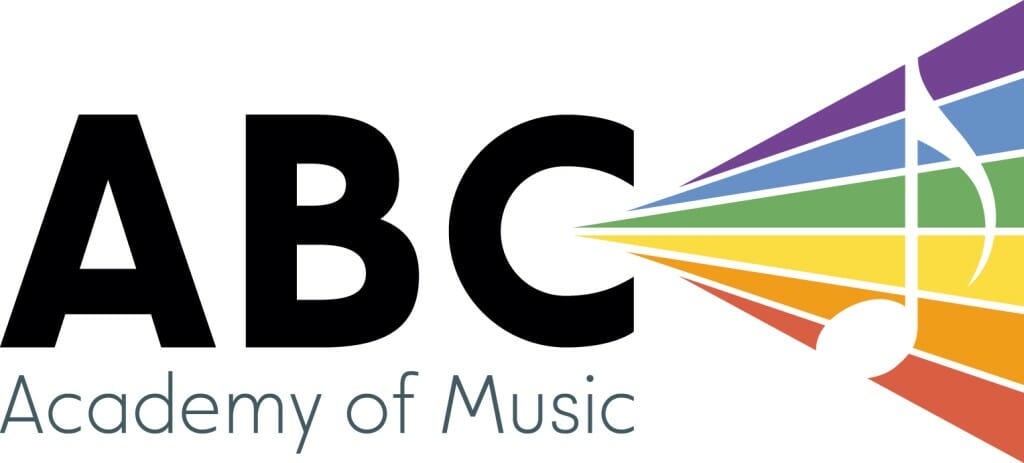Parents’ Guide to Getting Started on Saxophone
By Bobby Hsu
1. SELECTING AN INSTRUMENT:
What size? There are four common members of the saxophone “family”: soprano, alto, tenor and baritone. Considering hand size, breath and muscular requirements, the best of these for beginners, particularly children, is the alto.
What brand? In recent years some very good but inexpensive student-model horns have come on the market from brands such as Jupiter and Amati. Keilwerth, Yanagisawa and Yamaha offer excellent but slightly more expensive student horns as well.
Where do I get one? Although used saxes in good condition have been found through classified ads, in pawnshops or through acquaintances, only a reputable music store will guarantee that the instrument gets into your hands in perfect working order and with all the necessary accessories. And, of course, only a music store will offer instruments for rental or lease-to-own.
2. ACCESSORIES (WHAT ELSE IS IN THE CASE?):
A sax should come with the following necessary items: The neck, the curved metal part which fits into the top of the main tube. A neck strap, which goes around the player’s neck and hooks into a ring on the back of the horn. A mouthpiece, the (normally) black plastic part you blow into. There are many many subtle differences in structure beween mouthpieces, which lead to not-so-subtle differences in sound and playability. This is another good reason to rent from a reputable store; a consultant at the store will supply you with a good, standard beginner’s mouthpiece. Reeds: These are the pieces of cane whose vibration makes the actual sound that the rest of the instrument amplifies. Each reed is labeled with a number indicating how hard it is. Normally a beginner will start with number two. There are a bewildering number of brands, but the so-called “Rico orange-box” reeds are an inexpensive option for beginners. Being natural pieces of vegetable matter, reeds are notoriously difficult to quality-control, but more expensive brands may offer more consistency. Ligature: The thing with screws that holds the reed against the mouthpiece.
3. PUTTING IT TOGETHER:
The first thing to do (after opening the case) is to put on the neck strap. This is very important, and will save you trouble and money. Often beginners, especially children open the case and grab the most prominent object inside. Unfortunately, it’s also the most fragile part and useless until everything else is assembled. So let me repeat: put on the neck strap first!
The next step is to fit the mouthpiece onto the neck. If the cork on the neck is new, this may be a little difficult, but stores often supply a tube of “cork grease” (in a lipstick-like screw tube) to apply to the neck cork. About an inch of cork should disappear into the mouthpiece. Be gentle always with the neck, as it is a thin tube of brass, and can easily be bent, which means it cannot be played. It can also be a challenging repair if you bend it, which means more expense.
Next, put the ligature very loosely around the mouthpiece (usually with screws near the flat side, but this may vary), and then slide the reed into the space between mouthpiece and ligature. Carefully line up the reed so that the tip is exactly even with the tip of the mouthpiece, then tighten the screws so that the ligature holds the reed by the middle of the thick (unshaved) part.
After reed, mouthpiece and neck are assembled, put the assembly aside. Put the hook of the neck strap through the ring at the back of the main tube of the horn. Then fit the neck into the top opening so that the little rod which juts above the opening aligns with the reinforcing rib along the bottom of the neck. Tighten the screw to the right of the socket until the neck does not turn.
Lastly, adjust the neck strap so that the mouthpiece rotates naturally into your mouth when you are standing up straight with your neck (the one you were born with, not the sax neck!) in a comfortable upright position.
You are now ready to play!
Coming soon: your first notes on the saxophone.
